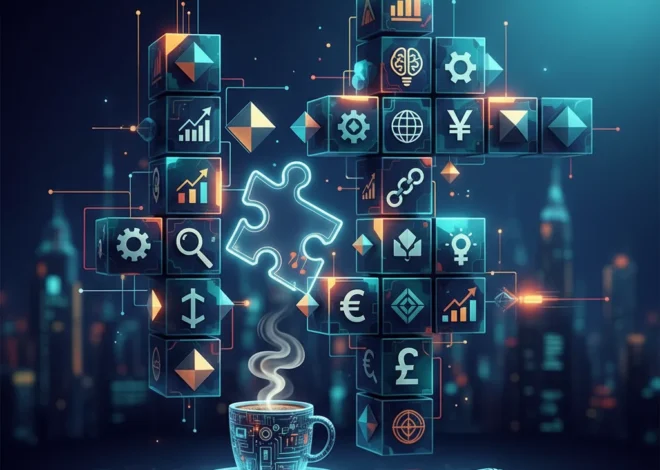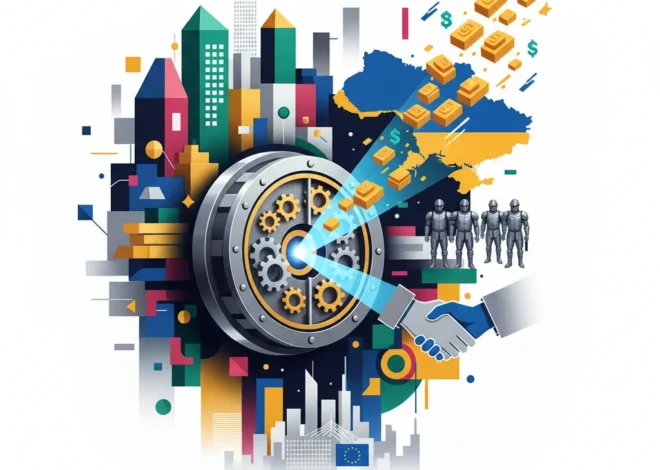Beyond the Bailout: Why a $394M Copper Deal Signals a New Era in Global Economics
In the grand theater of global finance, some headlines resonate far beyond their face value. The recent announcement of a A$394 million (US$260 million) support package from Australia’s Queensland government to keep Glencore’s Mount Isa copper smelter operational is one such story. On the surface, it might look like a standard corporate subsidy—a government intervention to save local jobs. But dig a little deeper, and you’ll find this is not merely a lifeline; it’s a profound strategic move on the geopolitical chessboard, with far-reaching implications for the global economy, international relations, and the future of investing.
This deal is a microcosm of a monumental shift occurring in the world today: the frantic, high-stakes race by Western nations to build resilient and secure supply chains for critical minerals, effectively diversifying away from China’s decades-long dominance. For anyone involved in finance, from institutional investors to retail traders, understanding this pivot is no longer optional—it’s essential.
The Deal Itself: A Strategic Investment, Not a Simple Subsidy
Let’s first break down the specifics. Glencore, the Swiss-based commodities giant, had slated its aging Mount Isa copper smelter and Townsville refinery for closure in 2025. From a purely commercial standpoint, the decision made sense; the facilities were becoming economically unviable. However, the Australian government, in partnership with the state of Queensland, stepped in with a significant financial package. This package is comprised of rebates on royalties and electricity costs, designed to keep the smelter running until at least 2030.
Why would a government invest so heavily in a single industrial asset? The answer lies in what that asset represents. The Mount Isa smelter is one of only two in Australia. Its closure would have meant that nearly all of Australia’s mined copper concentrate would need to be shipped to Asia—primarily China—for processing into the refined metal essential for modern industry. This would create a critical vulnerability, ceding even more control of a vital resource to a geopolitical competitor. By keeping it operational, Australia retains a crucial piece of sovereign capability in the mineral processing pipeline.
Copper: The Unsung Hero of the New Economy
To grasp the magnitude of this decision, one must appreciate the central role of copper. It’s often called “Dr. Copper” in economics circles because its demand is a reliable barometer of global economic health. But its importance today transcends traditional indicators. Copper is the bedrock of the green energy transition and the digital revolution.
- Electrification: An electric vehicle contains up to four times more copper than a conventional car.
- Renewable Energy: Wind turbines and solar farms require immense quantities of copper for wiring and components.
- Digital Infrastructure: From data centers to the 5G networks that will power the next generation of financial technology, copper is the indispensable conductor.
As the world hurtles towards a decarbonized and digitized future, the demand for refined copper is set to explode. The nation that controls its processing and supply chain holds a powerful economic and strategic lever. This is why the conversation around copper has shifted from a simple commodity discussion to one of national security.


